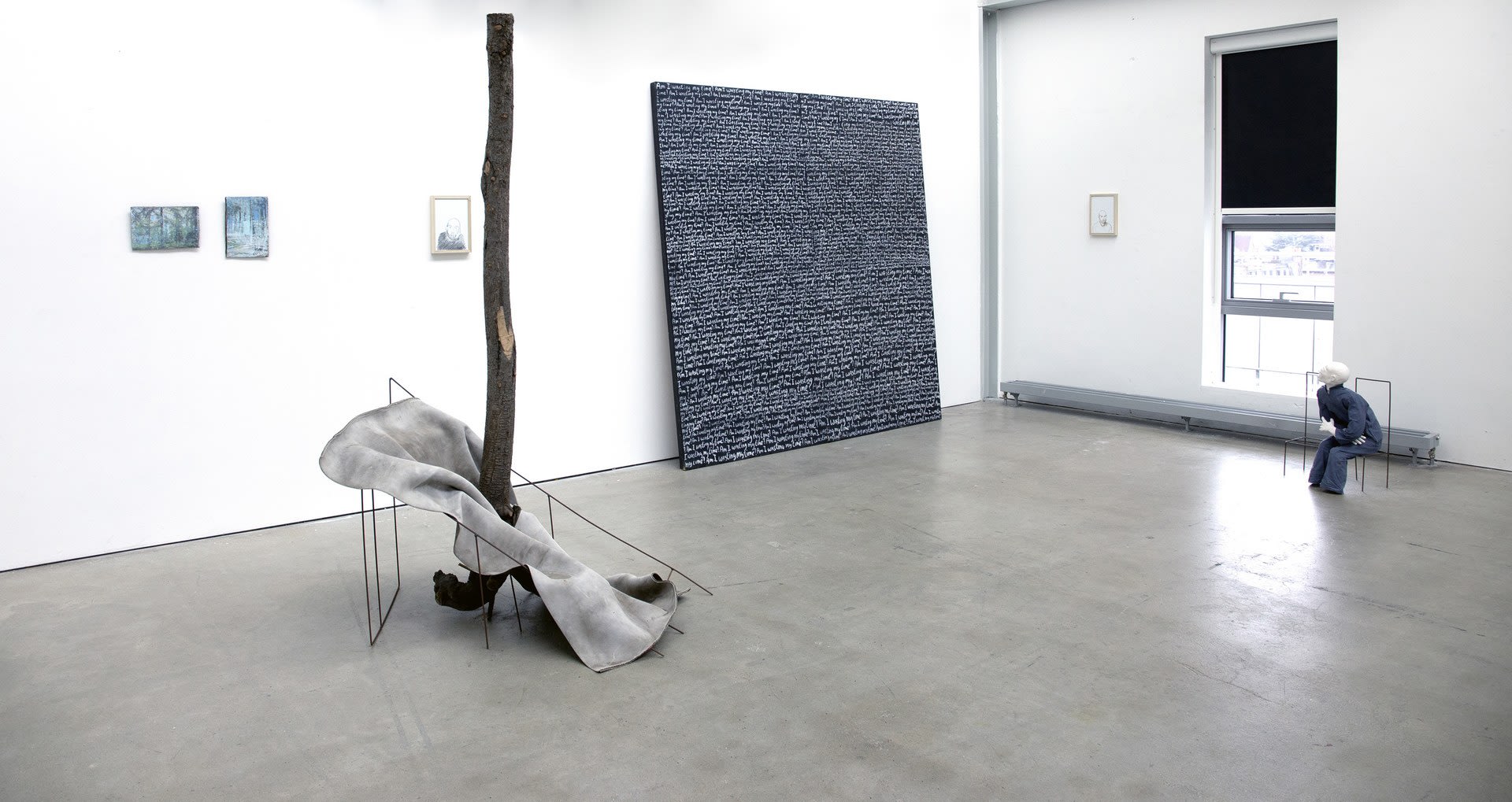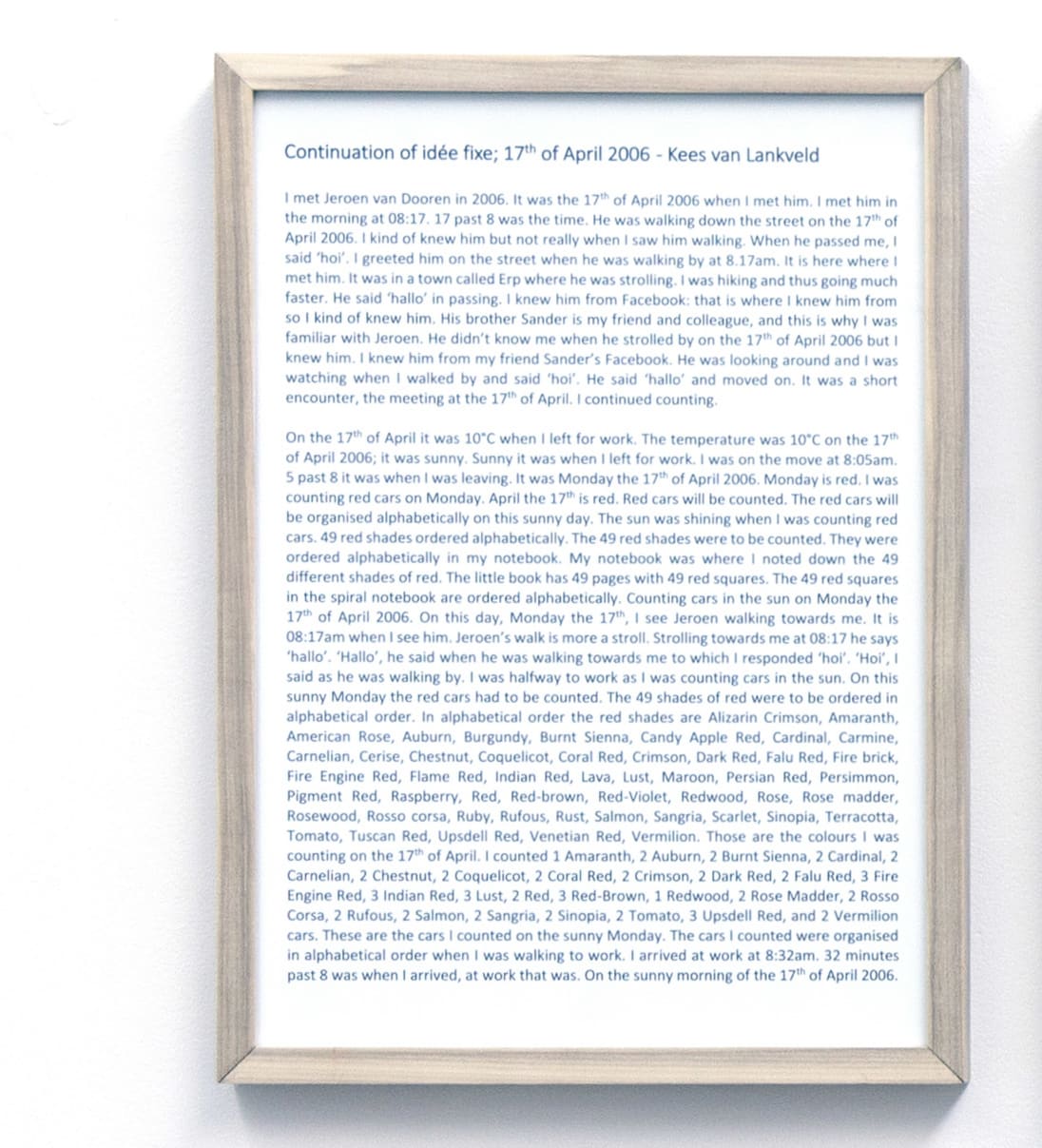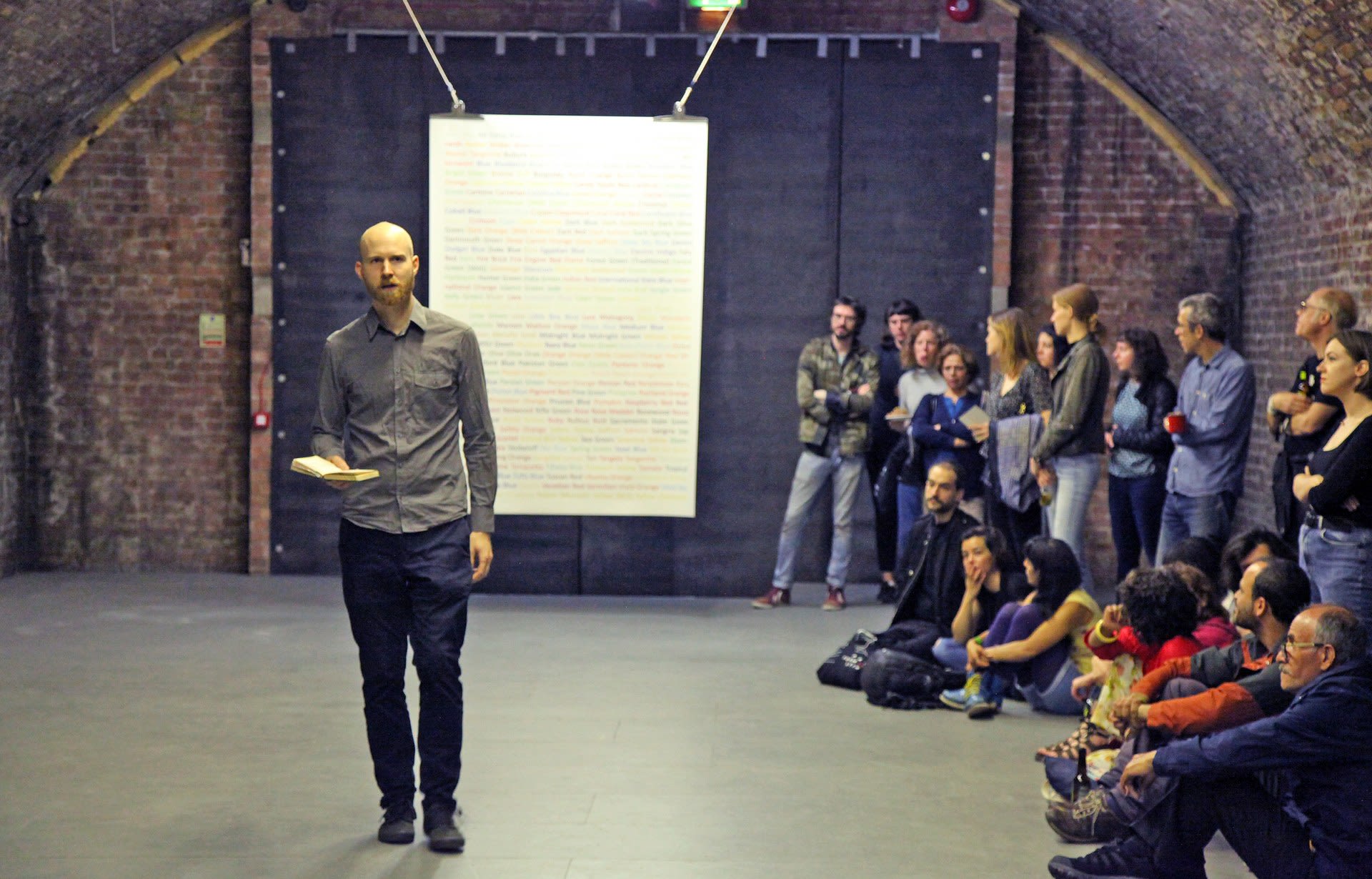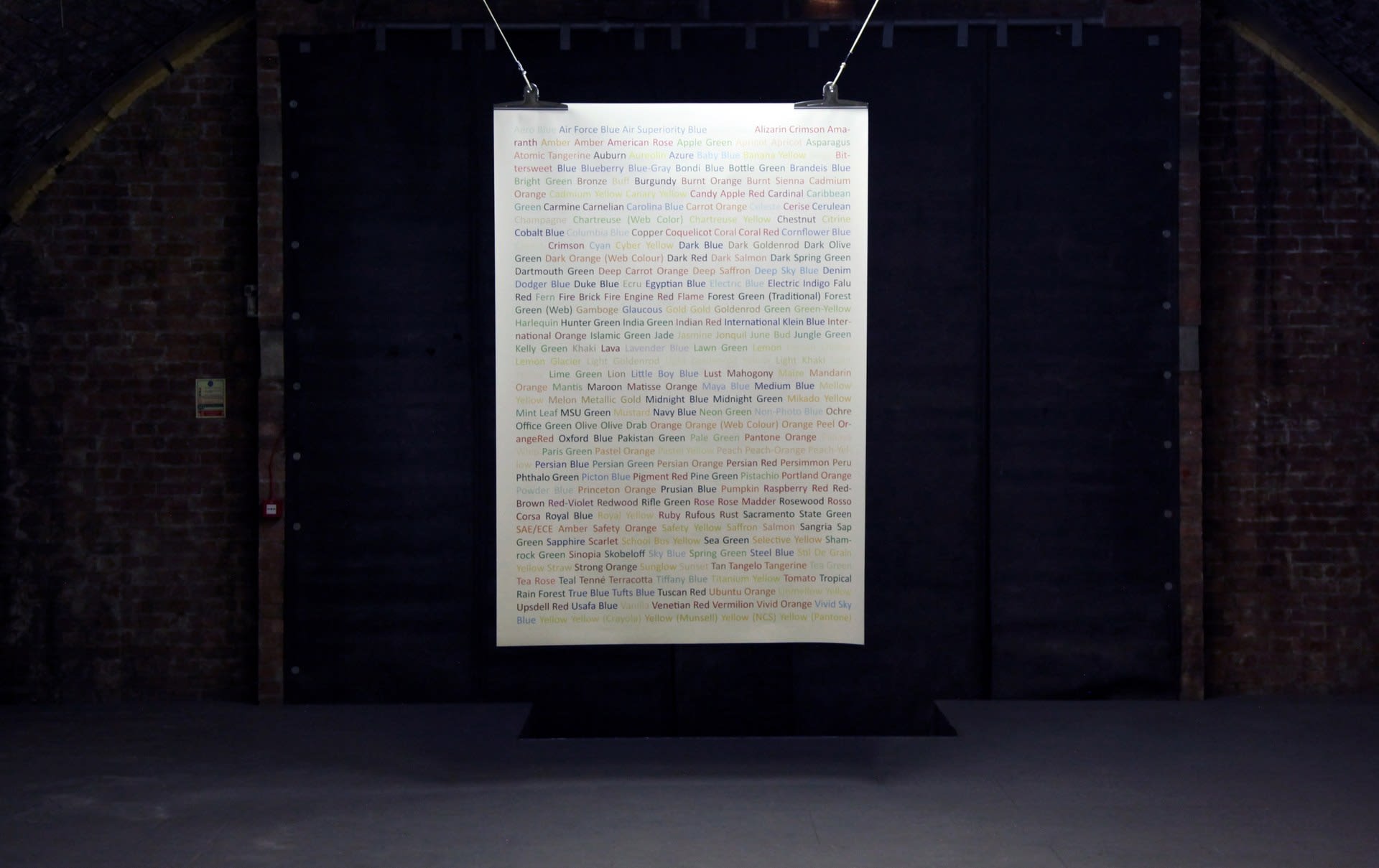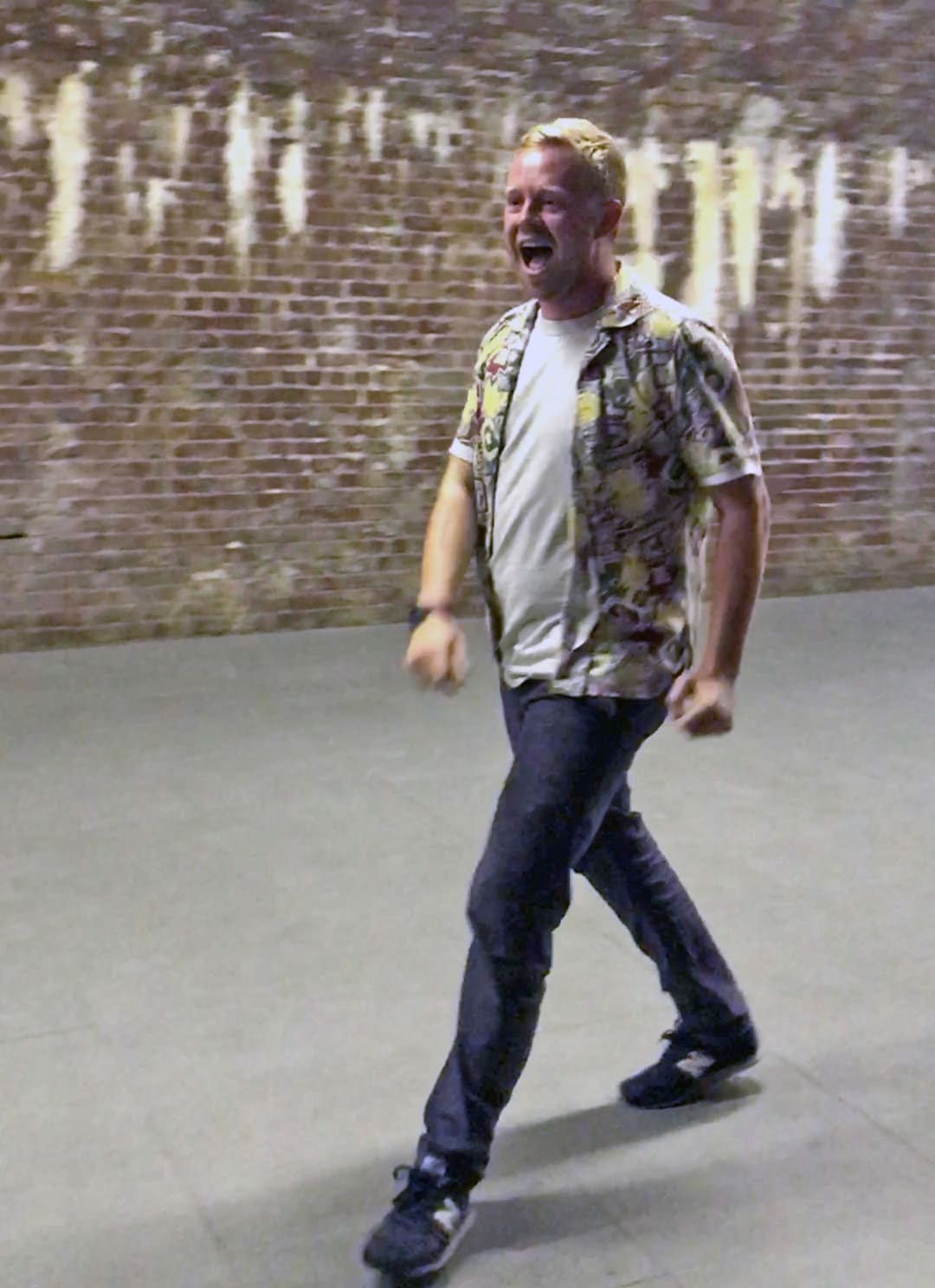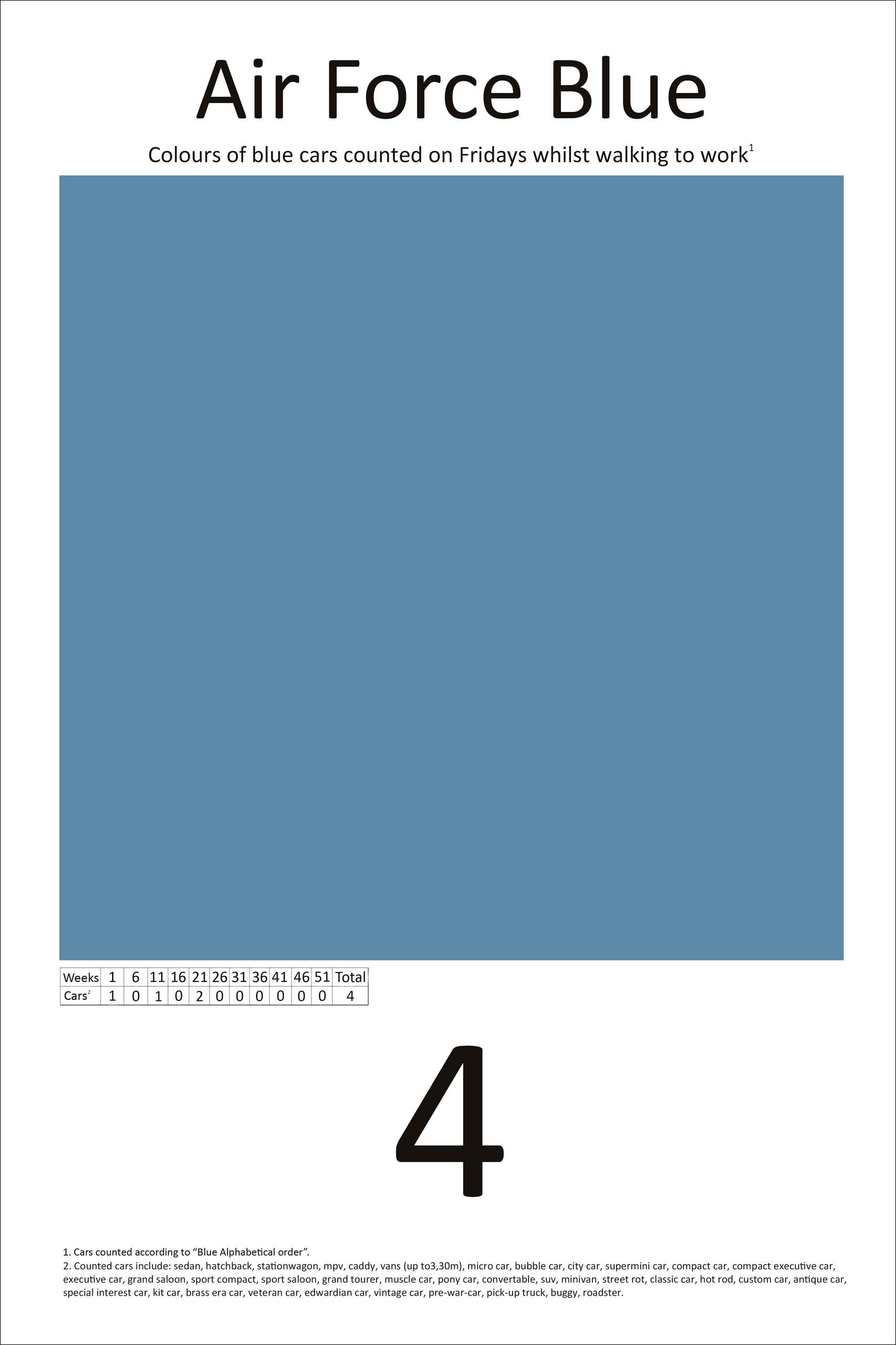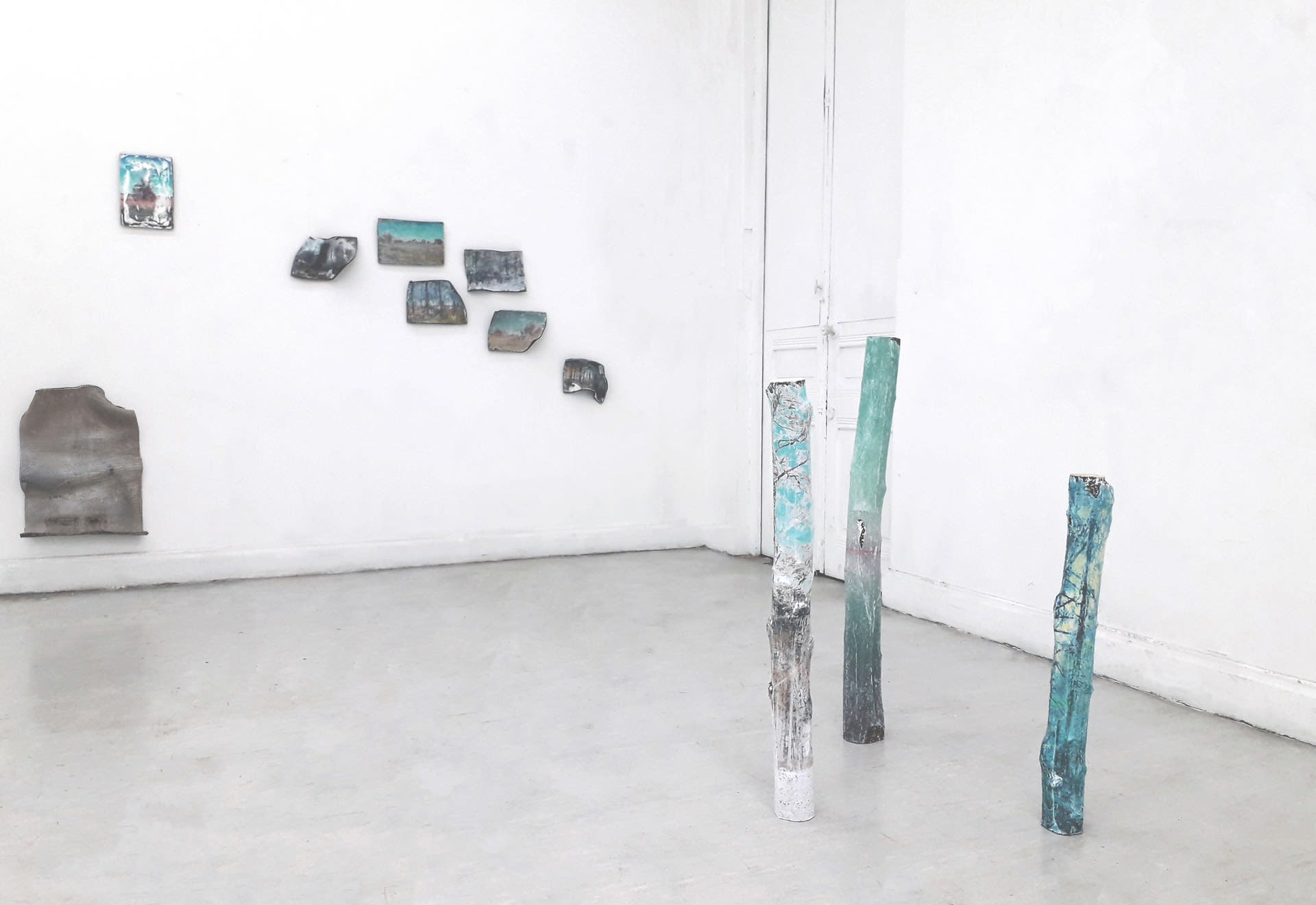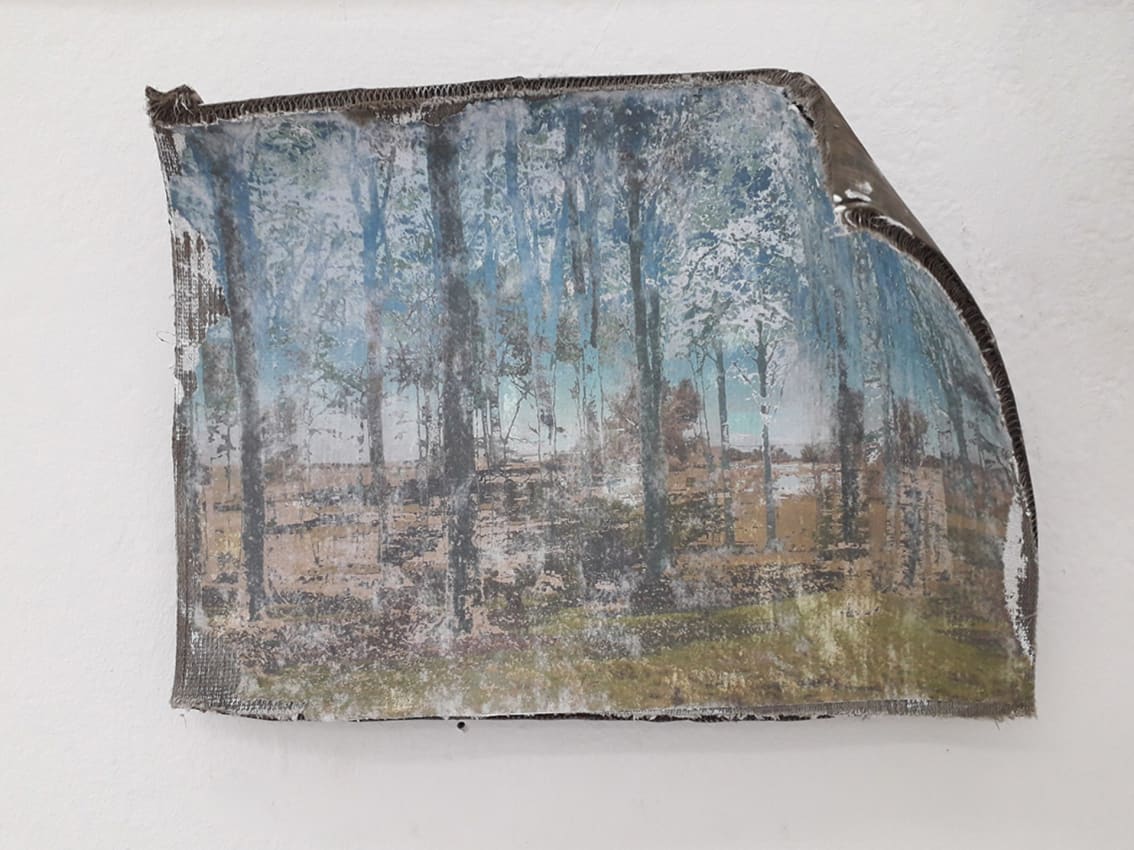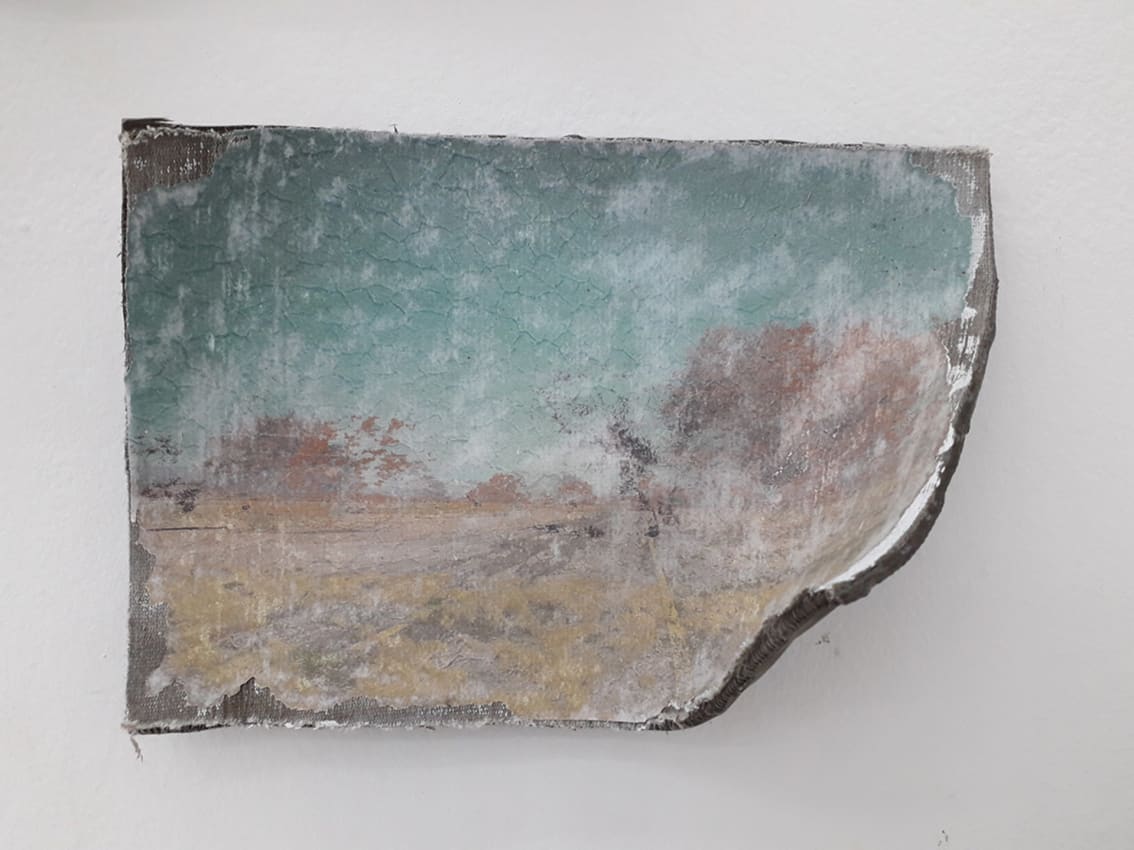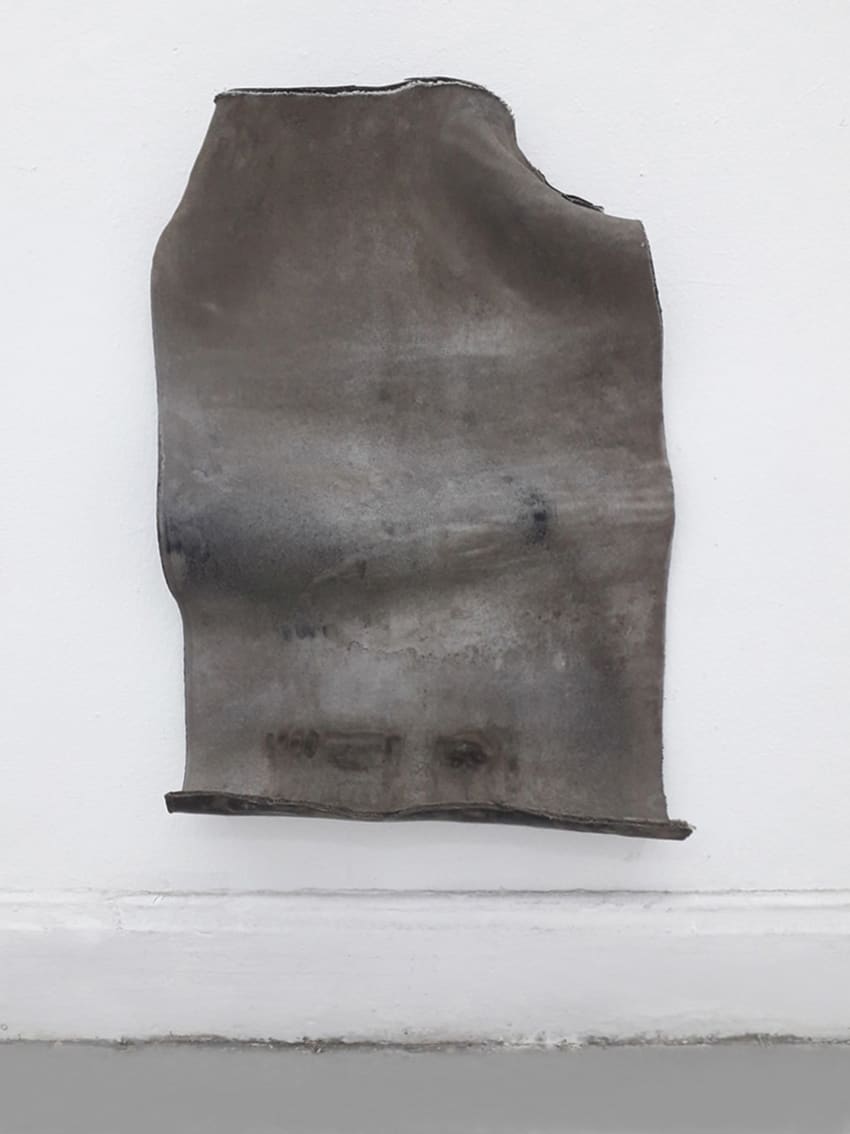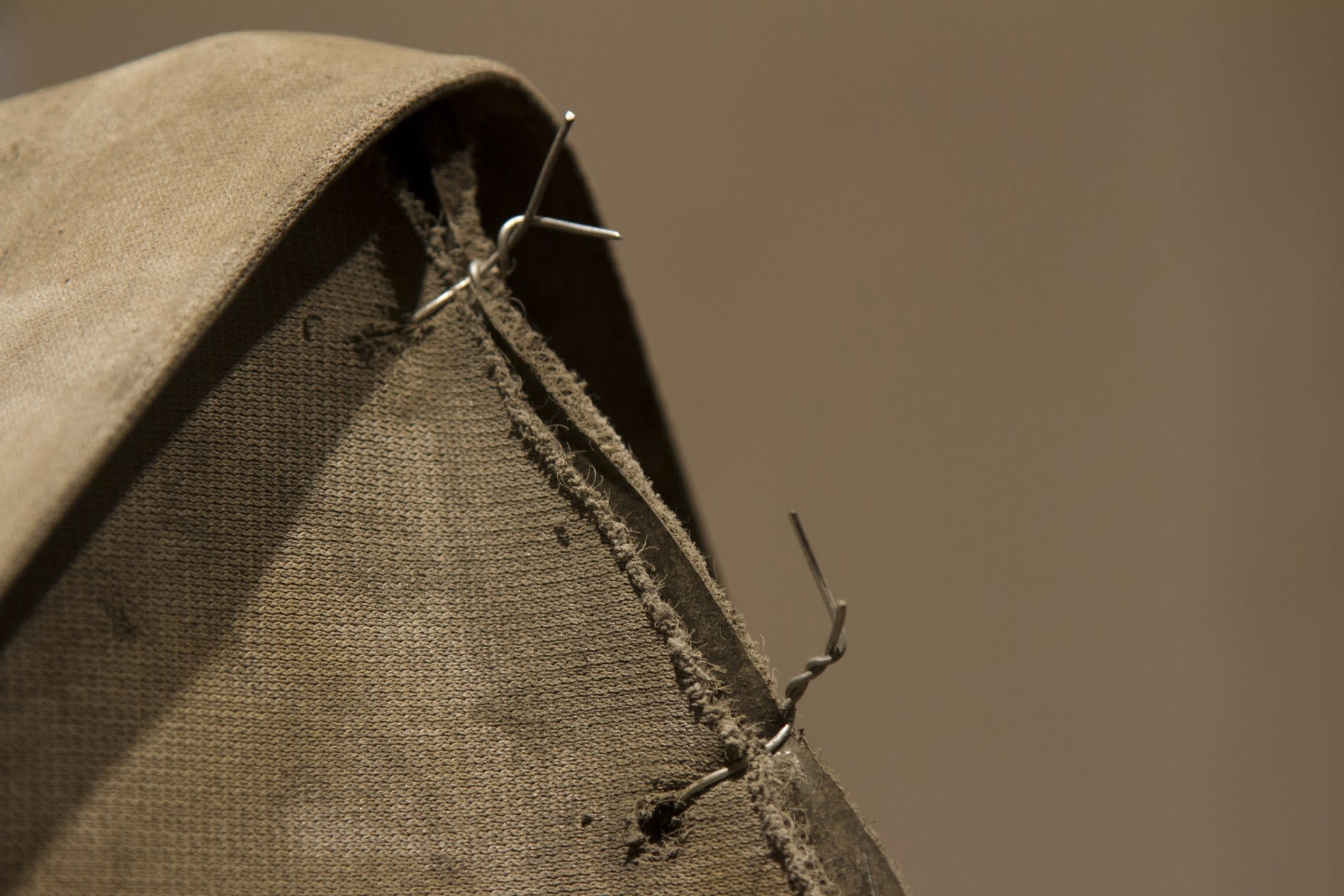Research Project Title: The Act of Creating Identities.
Supervisor(s): Dr Chantal Faust
I am a Dutch artist and researcher based in London. I am an Associate Lecturer on MA Photography at London College of Communication and a visiting lecturer at the Royal College of Art London and Sichuan Fine Art Institute China.
I studied for my BFA at Academie Minerva the Netherlands and Hunter College New York and finished in 2008. I graduated in MA Print at the Royal College of Art in 2014 and I finished my PhD in Fine Art in 2020 also at the Royal College of Art London.
Shows include: El Leyak, The Intuitive Machine, 2019 (Santiago de Chile), Five Trillian Times, 2019 (China Academy of Art Hangzhou museum), The masters screen and stone, The Royal Society for Painter-Printmakers, 2019 (London) Pontificia Universidad Catholica de Chile, 2018 (Santiago de Chile) Tulca Festival of Visual Arts, 2016 (Galway), Sensei gallery, 2016 (London), The Square Gallery, 2016 (London), Fluorescent Arts Festival Soho, 2015 (London), Christies, 2014 (London), Royal Academy Summer Show, 2014 and 2016 (London), Chiaki Kamikawa Contemporary Art Gallery, 2014 (Cyprus), Opperclaes, 2013 (Rotterdam), Temple Bar Gallery, 2012 (Dublin), RuaRed, 2011 (Dublin) and Dublin Contemporary 2011 (Dublin).
Awards include: The Art House RCA student competition (2016) Prins Bernhard Cultuurfonds young talent award (2015), RCA Riverlight Student Award 2014 organised by St. James, FutureCity and the RCA, Thames Barrier Print Studio Graduate Award 2014, Royal College of Art, Secret Grant (2013/2014), Irish Arts Council Travel and Training Award (2012), Groot Brugmansfonds (2007).
Commissions include: National University Galway, Ireland, St James Berkely Group, FutureCity, The Art House London and private collectors.
My work is in the collections of: Pontificia Universidad Catholica de Chile, St James Berkeley Group, FutureCity London, V&A, Royal College of Art Collection, Office of Public Works National Art Collection Ireland, National University of Ireland Galway and private collectors in The Netherlands, Ireland, USA, Belgium, United Kingdom, Cyprus, Israel, Italy, China, Chile and Japan



